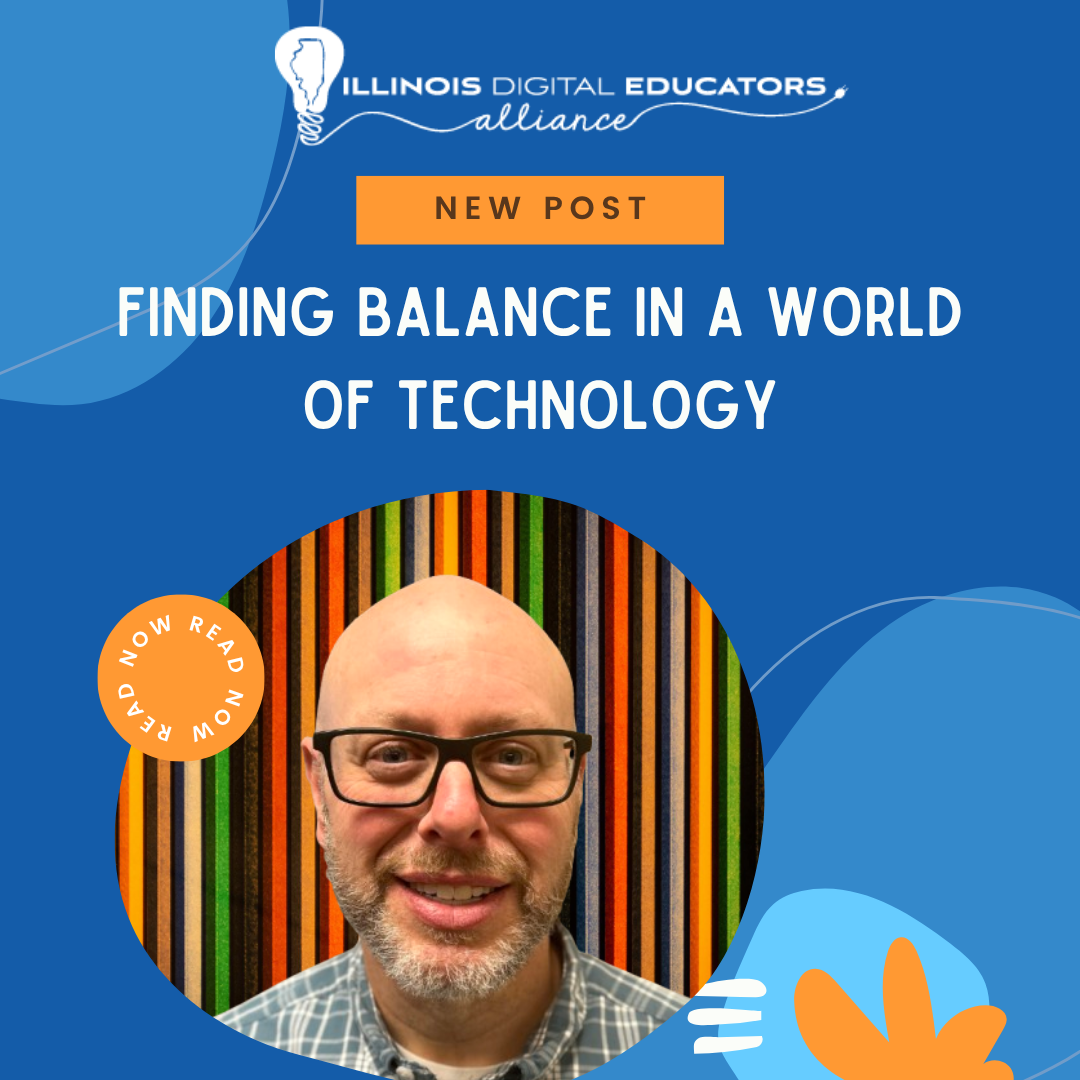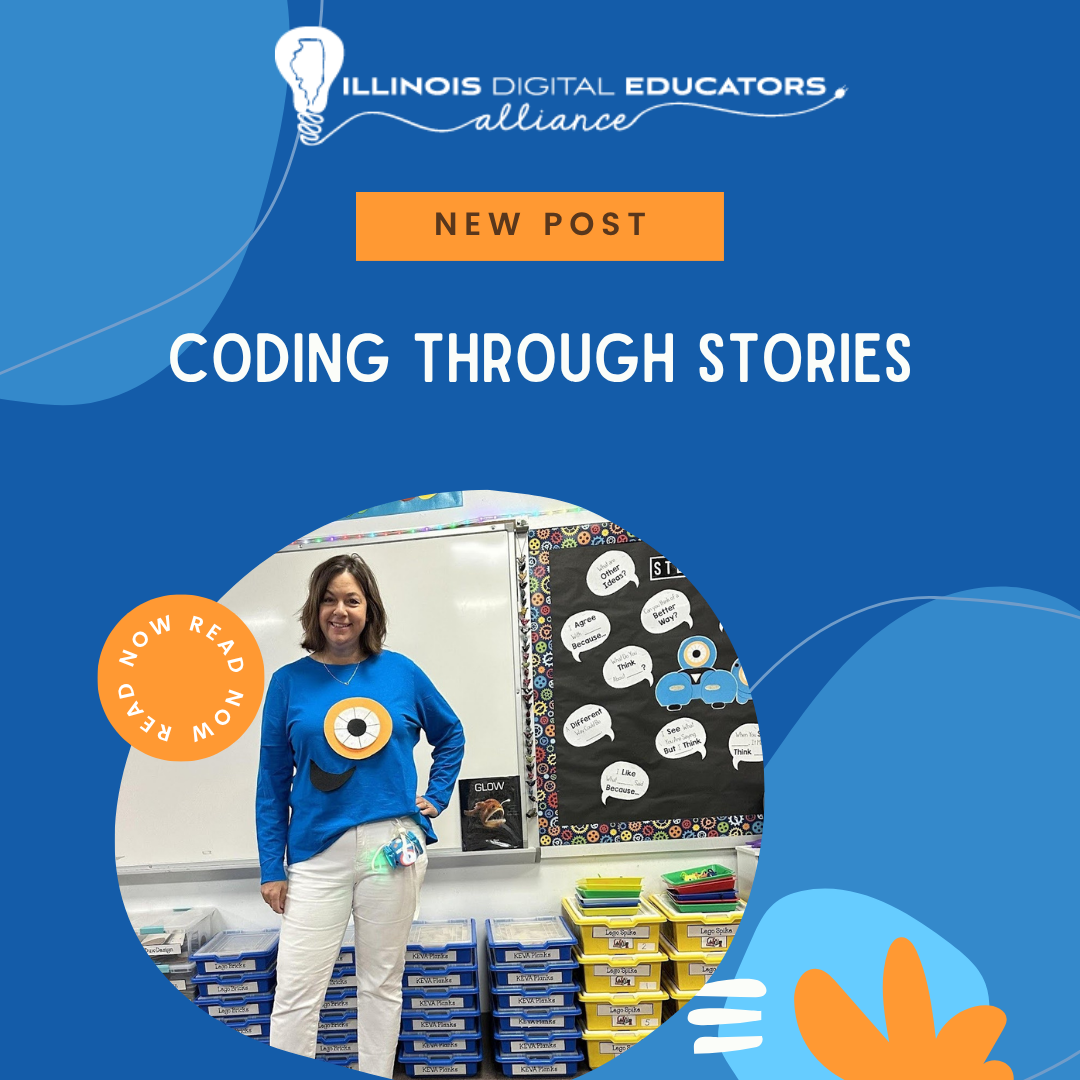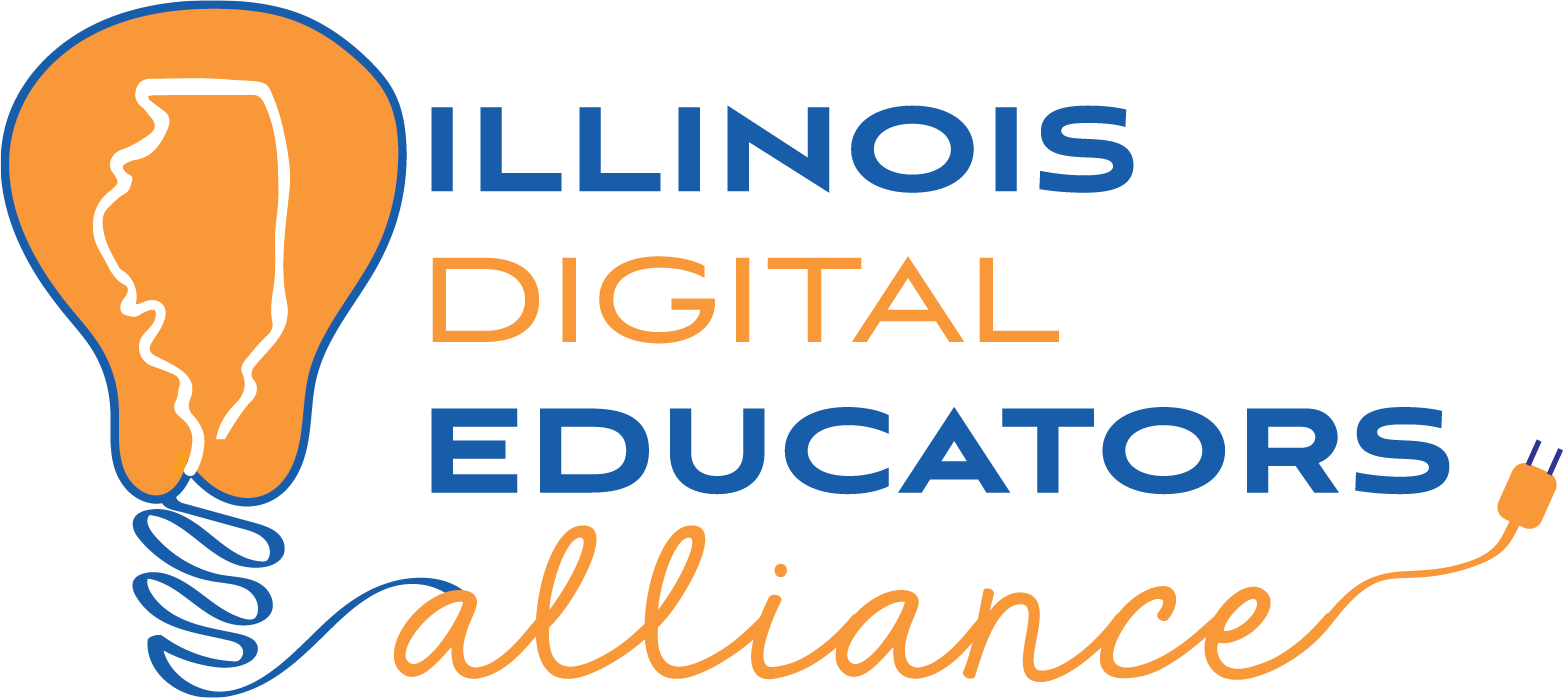Turn Your Students into Game Designers, Role Players, and More with Playful Learning Strategies
Games hold an incredibly important role in teens’ lives. According to Pew Research, approximately 97 percent of male-identifying teens and 83 percent of female-identifying teens play games on a consistent basis. How do we, as educators, tap into that passion area to develop key skills and valuable knowledge? Below, I’ll share three of my best methods for using games to help students grow and help them demonstrate understanding.
1. Student Game Design for Teaching Others
One of the most fascinating parts of game design is that, at its core, a game is an imperfect system that challenges the players to either fix the system or maximize their potential within said system. Incredibly, learning skills and concepts also demand a sort of system thinking, or understanding how different variables and concepts impact each other.
Students work in systems when you challenge them to find different ways to manipulate numbers to reach certain totals, develop a persuasive argument using rhetorical strategies, or even weigh historical actions against various systems of governing. Pushing the system thinking one step further invites students to learn as much as they can about a topic, a concept, or an important figure, and then create that imperfect system for others to try out. To put it simply - if students can create a game or playful simulation that others can experience, they engage in an incredibly powerful and sophisticated learning process.
But game design is incredibly hard to not only learn, but teach, right? To help ease the burden, you can use GamestormEDU’s full,
15-lesson Game Design Course to walk students step-by-step through making their own board or card game. If you don’t have time for that much skill development, GamestormEDU also provides
one-off lessons and
creation resources for making parts of games that still give students the chance to engage in game design to demonstrate their understanding.
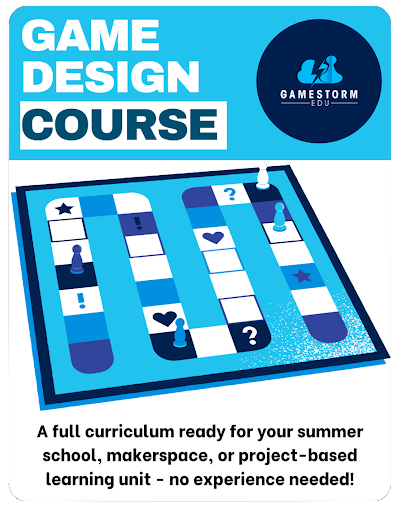
2. Games Allow for Perspective-Taking and Role Play
One great aspect of games is their innate ability to allow players to see the world through the eyes of famous figures, trailblazing innovators, fictional characters, and much more. In games, students can be playwrights, pirates, pandas, potion-makers, and more. Students being game designers is, of course, the goal, but playing games can also help them see new concepts and ideas through hands-on learning.
Take, for instance, our upcoming card game,
Doomscroll. In the game, students take on the role of a social media company, curating feeds of posts and ads for users, all with the goal of keeping people engaged enough to sell them products. As they play, students begin to understand how social media feeds aim to manipulate their emotions and interests to hold their attention, all with the goal of keeping advertisers happy and profitable. The hope? Students think reflectively about WHAT is happening to them as they scroll endlessly on social media and reconsider how they spend their screen time.
In
Gamestormers, our recent board game release, ALL players take on the role of an up-and-coming game designer, tasked with the goal of creating the next best game idea. As students play, they slowly build a 5-card game narrative that they pitch to the group at the end of play. In just one session, all students emerge with not only an original game idea, but their justification for why it would make a great game to play!
Games like Doomscroll and Gamestormers provide learners with authentic opportunities to practice skills, develop empathy, and roleplay as key professionals or people. If your students would be interested in playtesting Doomscroll,
sign up today! To get copies of Gamestormers to play with students on a school day or family and friends on a Saturday, head to the
GamestormEDU shop!
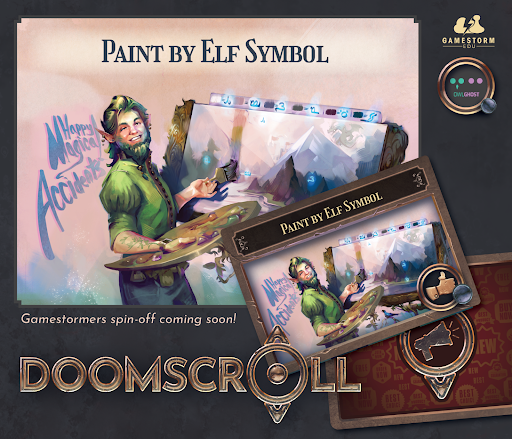
3. Teaching a Variety of Subjects Through Games
In addition to role playing and creation, games also provide plenty of opportunities for students to learn applicable skills for a variety of subjects. In
previous blogs, we’ve talked about how learners can create their own concept cards or use visual dice and card images to align with vocabulary. While those activities can work in any subject area, games also target specific content areas and skills too.
One unique way to
work math into games and game design simply asks students to design their ideal game components and game box. Once students have arrived at their box size, then the problem-based math begins! Using what they have learned and researched about volume, challenge students to calculate how many pallets it would take to ship 10,000 of their game boxes overseas. Once students have those calculations, ask them to calculate how many shipping containers they would need for all of those pallets. You would be surprised at how much students enjoy these open-ended math equations where many students may have different answers, but all of those answers could be correct.
Beyond Math, games also reinforce transferable skills from subjects such as English and Marketing. After playing a round of
Gamestormers, challenge students to
write a narrative story about one of the characters from their game pitch. Highlight the key features and strengths of effective narrative writing, using the 5-card plot from their game idea as the inspiration. Or, after students finish pitching their game ideas in the final round of Gamestormers, ask them to reflect on
the tenets of effective marketing they used to “sell” their ideas to the other players. Did they appeal to emotions? Establish credibility for their idea? Reimagine an existing brand? Through the debriefing discussion following a game, students and educators can have powerful conversations and writing prompts to strengthen their skills.
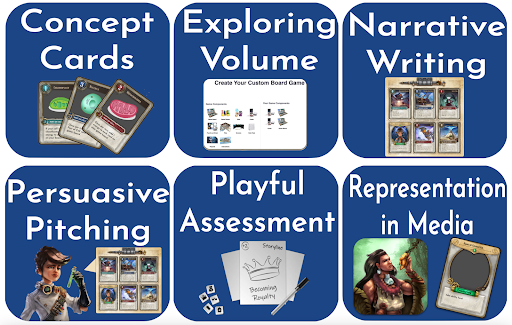
Games and game design are not just about tapping into a passion area for many students - it’s about providing authentic opportunities for students to become teachers of concepts and apprentices of real roles via playful learning. Whether students are playing contemporary games or designing their own, they are engaging in meaningful skill building that will serve them well in all walks of life. No matter how well they perform in the game, students always score key skills and knowledge that will stay with them far past graduation day.
Jon Spike is an educator and game lover who recognizes the power of game based learning and recently went through the process of designing and developing a game for the classroom that was fully funded on Kickstarter and is available for purchase. He is currently in the process of designing and developing a second game for the classroom.



